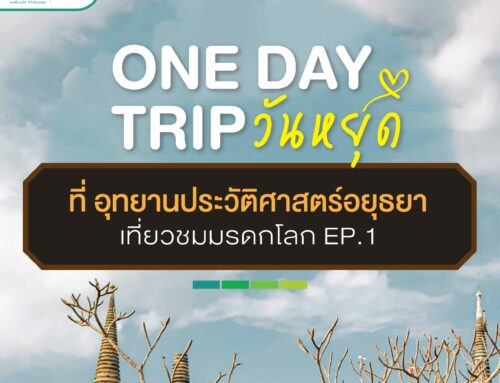Thailand is blessed with a fantastic variety of landscapes, ranging from misty mountains in the north to the lush rice fields of the central plains and spectacular beaches on islands in the Gulf of Thailand and the Andaman Sea. Deciding which part of the country to explore can present a tough choice, but fortunately the Tourist Authority of Thailand (TAT) has prepared some carefully curated itineraries for travellers in search of an eco-friendly experience. Here are just a few examples of green routes in Thailand.

Little-visited Loei in the country’s northeast is a great base from which to explore this region of forested mountains and unique cultural practices. As well as trekking in national parks, visitors can enjoy cycling beside the majestic Mekong River and riding on local tractors through rice fields. There are plenty of skills to learn, including planting rice, making Phi Ta Khon masks that are used in the local ‘Ghost Festival’ and sewing quilted blankets. The inhabitants of Loei Province follow a simple lifestyle that shows respect to nature and provides a fine example of a sufficiency economy.

Most visitors to Trat on Thailand’s eastern seaboard head directly to Koh Chang, Thailand’s second-largest island. However, there is much to see in the villages around Trat, and this green tour takes visitors on foot through fruit orchards, by bike on country lanes, in the sidecar of a saleng (an adapted motorbike) and by boat through mangrove forests. Visitors can try their hand at making ngop (the traditional Thai hat made from palm leaves), building check dams in streams and helping to prepare dinner at their homestay. After exploring the mainland, they hop on a ferry to Koh Chang and spend a day relaxing at a health spa.

Another tour heads out of Bangkok to explore the nearby provinces of Samut Songkram and Kanchanaburi, using a variety of means of transport, including train, bicycle and boat. First stop is a local market at Mae Klong in Samut Songkhram Province, home to many traditional canal-side communities. From here, visitors head to Kanchanaburi for an eco-friendly, zip-line adventure where they can join a ‘monkey swing course’ or ride a skybike. This tour also visits the Hellfire Pass, where a state-of-the-art museum recounts the construction of the so-called ‘Death Railway’ by prisoners-of-war during World War II.

For more information about TAT’s green routes, visit www.tourismthailand.org/7greens






Leave A Comment